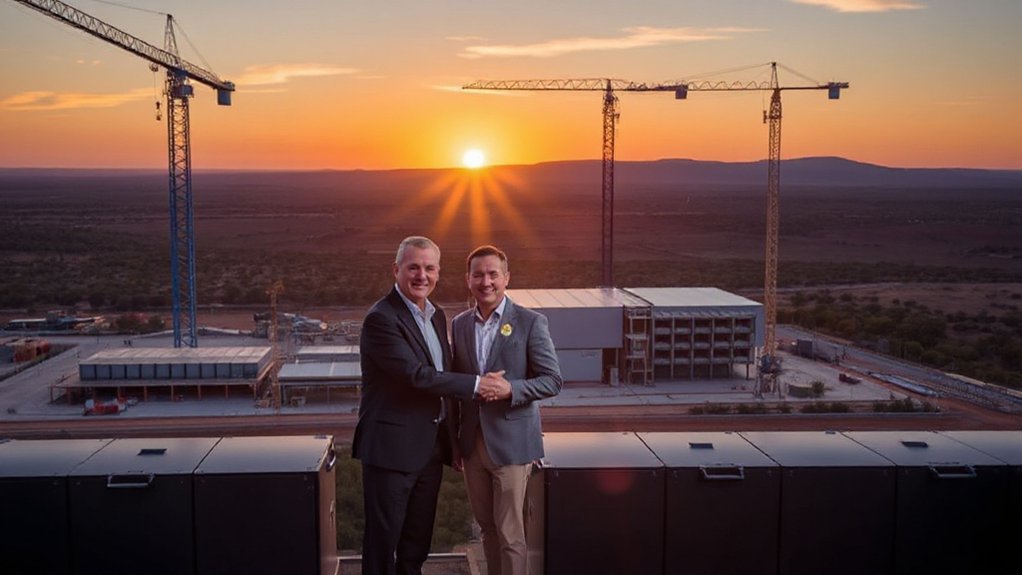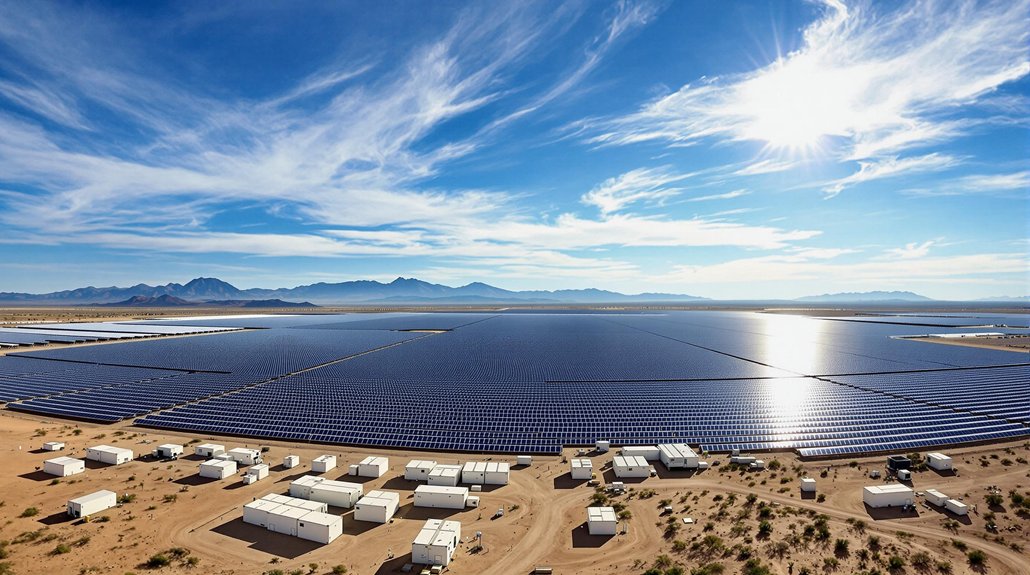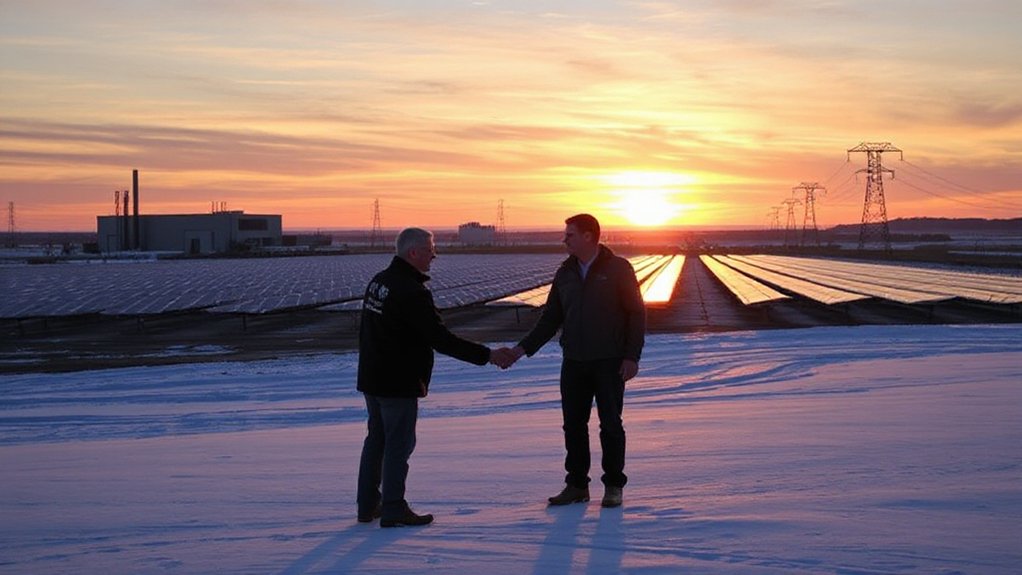Tesla’s Shanghai Megapack Factory is reshaping energy storage globally. Opened February 2025 at a $200 million price tag, it cranks out 10,000 Megapacks yearly with 40GWh capacity. Each unit stores a whopping 3,900KWh. Despite US-China tensions, Musk doubled down on his Chinese investment. The factory’s already shipping products, just months after trial runs began. Talk about fast-tracking the future! The world’s battery landscape won’t be the same after this move.
Despite escalating US-China trade tensions, Tesla has boldly launched its first energy storage gigafactory outside American soil. The $200 million Shanghai Megapack Factory opened in February 2025, nestled in the Lingang Free Trade Zone right next to Tesla’s existing vehicle Gigafactory. Talk about efficiency.
Tesla’s bold move into China amid trade tensions showcases Musk’s fearless strategy of expansion during geopolitical uncertainty.
The massive 200,000-square-meter facility isn’t just another factory—it’s a statement. While politicians bicker about “decoupling” from China, Elon Musk is doubling down.
The numbers are staggering. This behemoth is designed to pump out 10,000 Megapack units annually. Each unit stores over 3,900KWh of electricity—enough juice to power 3,600 homes for an hour. Do the math: that’s 40GWh of annual production capacity. Not too shabby for a “foreign” company in China.
Production has moved quickly. Trial runs started in December 2024, with mass production kicking off in early 2025. By March, the first batch was already shipping out. The factory serves both Chinese customers and international markets. It’s a rare move for a Western battery maker to set up shop in China. Gutsy.
The technology inside these Megapacks isn’t your average battery setup. Tesla developed customized energy storage cells with a hybrid cooling system—air on top, liquid on bottom. The conversion efficiency exceeds 93%, with a cluster management scheme running 24 inverters per battery pack. These units come with a 15-20 year warranty. They’re built to last. With response times as quick as 10 milliseconds, these systems can prevent regional blackouts before they cascade.
What makes this especially intriguing? Musk serves as a special government employee in the Trump administration while simultaneously expanding in China—America’s supposed economic rival. Tesla has faced consumer complaints and scrutiny in China over alleged product defects, yet continues to invest heavily in the region.
The factory also represents Tesla’s growing footprint in the world’s largest energy storage market. Unlike other foreign operations in China, Tesla maintains complete ownership of its Shanghai facilities, with land use rights extending 50 years. The company held a ceremonial event to celebrate the production launch, showcasing its commitment to energy storage solutions alongside its electric vehicle business.
The global battery revolution is here. And ironically, it’s happening in Shanghai.








